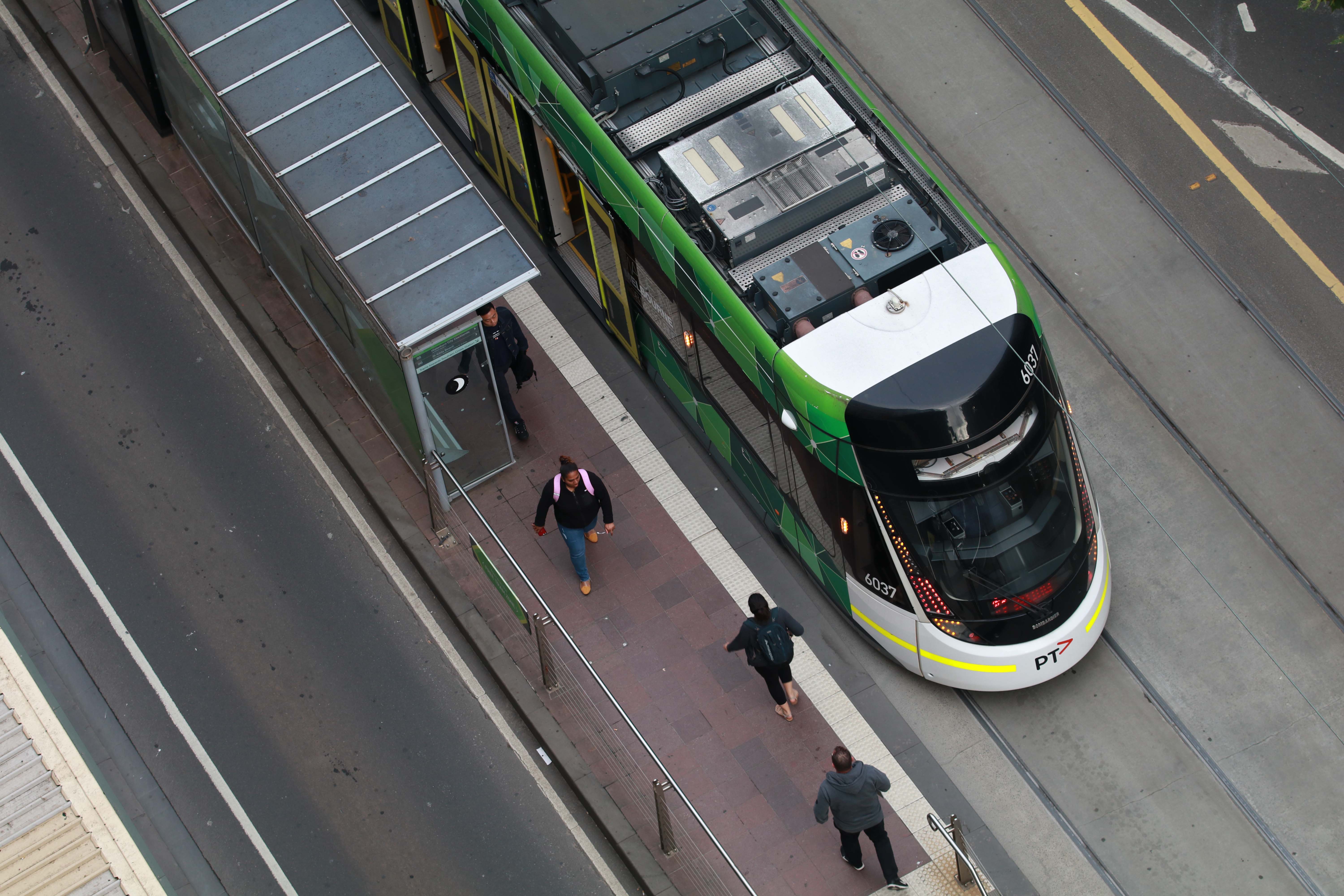Media release
From: Victoria University From: Rail Manufacturing CRCNew research reveals Victoria’s public transport sector has an exciting opportunity to address emerging skills shortages through increasing the participation of women and young people.
A nine-month collaborative project between the Rail Manufacturing Cooperative Research Centre (CRC), Victoria University (VU) and the Victorian Department of Transport (DoT) was based on surveys, interviews and forums with Victoria’s rail, tram and bus operators, young Australians and peak industry bodies.
The researchers also conducted detailed organisational and economic reviews across a diverse range of roles including engineers, drivers, manufacturers and maintenance workers to assess how to retain staff and promote the industry to the next generation of workers.
Reimagining the workforce: building smart, sustainable, safe public transport is a seven-report systemic assessment that identifies opportunities to revitalise Victoria’s public transport workforce, employed across a diverse range of small, medium and large operators in the public and private sector.
This workforce has long been perceived as aging and predominantly male, while the sector itself is perceived as conservative in adopting new technology. These perceptions influence the ability of the transport sector to attract and retain employees. However, the rail industry is facing significant technological change, including new manufacturing processes, automation and advancements in material technologies across the country.
VU lead researcher Celeste Young said the sector is at a critical point where the industry needs to plan for significant growth and technological change.
Victoria University Vice-Chancellor Professor Peter Dawkins said the study reinforces the role of successful collaborations between industry, government and research institutes in developing sustainable solutions to meet the future needs of industry.
“VU is proud to be part of this multi-party collaboration, and that our innovative research has contributed to solutions that will shape the development of the future public transport workforce.”
Among the study’s key findings:
- Lack of awareness about opportunities in public transport: Career options in the sector are not well known to young people. Research involving more than 1,000 young Australians found while there is interest in working in public transport, awareness in career pathways is mostly limited to public-facing roles such as bus drivers or train drivers. Future recruitment should focus on promoting the industry to a more diverse workforce to attract more women and young people.
- Importance of public transport in the Australian economy: The study found investment in public transport helps not only enhance services, it also fuels innovation, skills development, and creates jobs in local supply chains. The industry should emphasise the importance of these services, how the sector is boosting the local economy and the opportunities that it provides for upskilling workers. The study found that by carefully targeting advanced manufacturing in parts of the supply chain, up to 5.3 jobs could be created for every additional $1 million investment.
- Need focus on meaningful training: With billions of dollars to be spent in Victoria on new trains, trams and buses over the next decade, training programs must embody niche skills required over the next five to 10 years that will create an employment pipeline of diverse, skilled employees trained through continuous learning, rather than the linear, competency-based training of the past. Training in people-based ‘soft skills,’ such as communication, is crucial to manage this transformation but is recognised as a critical skills gap in the sector.
With the successful completion of this research study, Rail Manufacturing CRC CEO Dr. Stuart Thomson is appreciative of the involvement of representatives from the transport industry sector, industry peak bodies, and training and government organisations in providing meaningful insights about their business operations.
“The collective knowledge shared by the project participants highlighted some of the groundbreaking initiatives the transport sector is already undertaking to support its current workforce, while also emphasising new opportunities required in rail to attract, train and retain its future workforce. We look forward to the transport sector utilising the results of this project to implement the key findings identified in the final report,” said Dr Thomson.
To view the reports, visit www.rmcrc.com.au/pt-project.
-ends
About the Rail Manufacturing CRC
The Rail Manufacturing CRC was established in 2014 and will operate for a period of six years, funded by the Cooperative Research Centres Program of the Australian Government’s Department of Industry, Science, Energy and Resources. The Rail Manufacturing CRC fosters, sponsors and directs collaborative innovative research and commercialisation partnerships between key stakeholders in the rail manufacturing sector, looking to support the development of new products, technologies and supply chain networks to increase Australia’s rail manufacturing capacity and competitiveness.
About Victoria University
Victoria University’s Institute for Sustainable Industries and Liveable Cities produces cross-disciplinary research that draws on the expertise of academic leaders for solutions to today's social, economic, environmental and technological challenges. The team who led this research collaborates with industry, community and government stakeholders, 'working from the inside out' to develop systemic assessments that embed research into decision-making systems. Co-design and linking research to ongoing training and learning in policy and practice are central to this process.to develop solutions that can be applied in end-user decision-making contexts.





